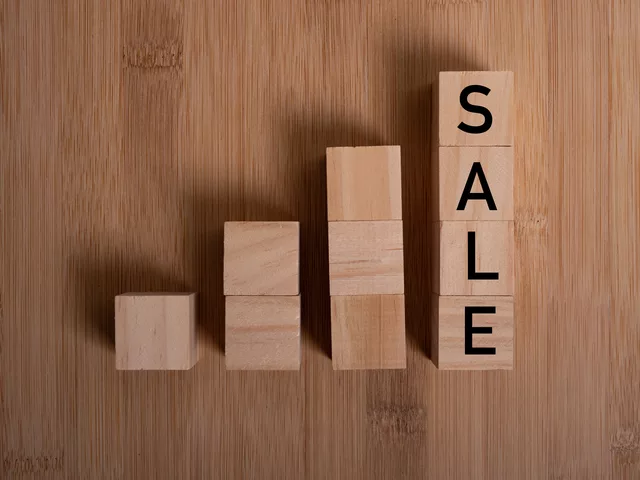YouTube has become a global phenomenon, offering content creators a platform to share their creativity, expertise, and passion with a vast audience. Besides the joy of creating and connecting with viewers, many content creators also seek to earn a living from their YouTube channels. Monetization on YouTube has evolved significantly over the years, with various models available for creators to generate revenue. In this article, we will explore different video monetization models on YouTube, providing insights into how content creators can turn their passion into a sustainable source of income.
Ad Revenue
Ad revenue is one of the most common ways creators monetize their YouTube channels. By enabling ads on their videos, creators can earn a share of the revenue generated from advertisements displayed to viewers. The amount earned depends on factors like video watch time, viewer demographics, and ad engagement.
YouTube Partner Program
The YouTube Partner Program (YPP) is a crucial milestone for many creators. To join YPP, a channel needs to have at least 1,000 subscribers and 4,000 watch hours in the past 12 months. Once accepted, creators gain access to additional monetization features, such as channel memberships, Super Chat, and Super Stickers.
Channel Memberships
Channel memberships allow viewers to become channel members by paying a monthly fee. In return, members gain access to exclusive badges, emojis, and other perks offered by the creator. This model fosters a sense of community and provides creators with recurring revenue.
Merchandise Shelf
With the merchandise shelf, creators can showcase their official merchandise directly below their videos. This feature allows content creators to promote and sell merchandise, such as t-shirts, hoodies, and accessories, to their viewers without redirecting them to external sites.
Super Chat and Super Stickers
Super Chat and Super Stickers are features that allow viewers to pay to have their messages or stickers highlighted during live chat. This model is prevalent among live streamers and provides an additional stream of income during live interactions.
Sponsored Content
Sponsored content involves collaborations with brands or companies that pay creators to feature their products or services in their videos. While creating sponsored content, transparency is essential to maintain trust with the audience.
Crowdfunding
Crowdfunding platforms like Patreon and Kickstarter enable creators to receive financial support directly from their fans. Creators can offer exclusive perks and rewards to patrons based on different tiers of support.
Licensing and Content Sales

Some creators license their content or sell it outright to media outlets, businesses, or other platforms. Licensing deals can provide creators with a lump sum or ongoing revenue for their content.
YouTube Premium Revenue

YouTube Premium is a subscription-based service that offers an ad-free experience, background play, and access to YouTube Originals. Creators receive a share of the revenue generated from YouTube Premium subscriptions based on their content’s watch time by premium subscribers.
Fan Funding
Fan funding platforms, like Buy Me a Coffee or Ko-fi, allow viewers to donate directly to content creators as a token of appreciation for their work. This model can complement other monetization methods.
Affiliate Marketing
Affiliate marketing involves promoting products or services through unique affiliate links. Creators earn a commission for every sale or action generated through their affiliate links.
Fan Engagement Events
Organizing fan engagement events, such as meet-ups or workshops, can provide creators with opportunities to interact with their audience and generate revenue from ticket sales or merchandise.
YouTube Shorts Fund
With the growing popularity of YouTube Shorts, YouTube introduced the Shorts Fund to incentivize creators to produce engaging short-form content. Creators can earn money based on the performance of their Shorts.
Digital Products and Courses
Creators with expertise in specific fields can create and sell digital products, such as eBooks, online courses, or presets, to their audience. This model leverages their knowledge and skills to generate revenue.
Fan Subscriptions
Fan subscriptions allow creators to offer exclusive content to subscribers for a monthly fee. This model gives dedicated fans access to behind-the-scenes content, early access to videos, and other exclusive perks.
Conclusion
YouTube provides a diverse range of video monetization models for content creators to choose from. Successful creators often combine multiple strategies to maximize their revenue potential. However, it’s essential to strike a balance between monetization and maintaining a positive viewer experience. By consistently producing valuable and engaging content, creators can build a loyal audience that supports their journey to becoming sustainable YouTube entrepreneurs.
FAQs
Answer: Yes, you can use multiple monetization models on your channel as long as they comply with YouTube’s policies. However, prioritize maintaining a positive viewer experience while monetizing your content.
Answer: To join the YouTube Partner Program, you need to have at least 1,000 subscribers and 4,000 watch hours in the past 12 months. You can then apply for YPP through your YouTube Studio.
Answer: While creating sponsored content, it’s essential to adhere to YouTube’s policies and guidelines. Ensure that your sponsored content is transparent and does not mislead or deceive your audience.
Answer: The revenue share for YouTube Premium subscriptions is based on watch time from premium subscribers. The exact percentage varies and is not publicly disclosed by YouTube.
Answer: While the Shorts Fund offers an opportunity for creators to earn money from their Shorts, you can also monetize Shorts through other methods, such as ad revenue and channel memberships.
